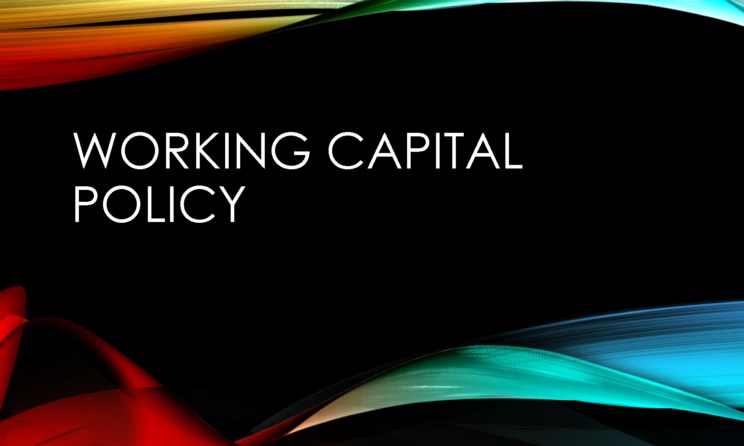
Maintaining robust financial health is the lifeline of any business. Having a well-structured and strategic approach to proactively managing working capital and liquidity is absolutely essential to ensure smooth and efficient business operations over both the short and long term. This article examines the meaning and benefits of having a defined working capital policy for a company.
What is a working capital policy?
A working capital policy refers to the strategy a company employs to manage its current assets and current liabilities. It determines the relationship between short-term assets like inventory and accounts receivable, and short-term debt like accounts payable. The policy outlines how to effectively manage cash flow, credit terms, and inventory to ensure optimal liquidity and operational efficiency.
Types of working capital policies
There are three main types of working capital policies:
- Aggressive policy: Companies following this policy maintain lower inventories and receivables while collecting dues from debtors swiftly. This improves liquidity but may impact sales if inventory runs too low.
- Conservative policy: This policy involves keeping higher inventory and accounts receivable levels to reduce the risk of stock-outs. However, holding high inventory requires tying up more capital.
- Matching policy: Here companies attempt to match the timeline of when assets will turn into cash with the timeline of when liabilities need to be paid. This balanced approach helps ensure payments can be made on time.
Why have a working capital policy?
Maintaining an optimal working capital cycle offers many benefits:
- Improves liquidity: A working capital policy ensures enough cash flow to meet short-term obligations like payroll, taxes and loan payments. This protects the company from potential disruptions.
- Boosts operational efficiency: Managing inventory, receivables and payables well reduces costs related to storage, wastage and missed discounts or penalties.
- Provides financial stability: A sound policy leads to improved profitability, stronger creditworthiness and increased financial health for the company.
Understanding working capital loans
Companies can avail of a working capital loan, meaning a short-term credit facility, from banks and NBFCs. They can use it to finance daily operations and manage working capital needs efficiently.
Working capital loans allow businesses to bridge cash flow gaps, make timely vendor payments, and keep sufficient inventory without tying up too much capital. Loan amounts typically range from Rs. 2,00,000 lakh to Rs. 55 lakh with terms of 12 months to 96 months.
Working capital loans provide an invaluable cash flow lifeline for companies to run their businesses smoothly.
Implementing a well-defined working capital policy is critical for companies to maintain liquidity, enhance operational efficiency and ensure financial stability. Understanding financing options like working capital loans also helps augment working capital needs. With robust financial planning, companies can drive growth while remaining financially healthy.
Read more : Get Financial Clarity: Benefits of Having a Working Capital Policy





